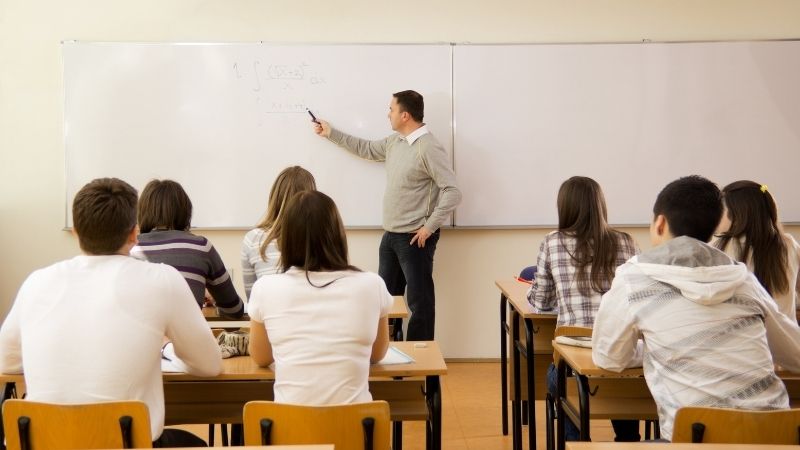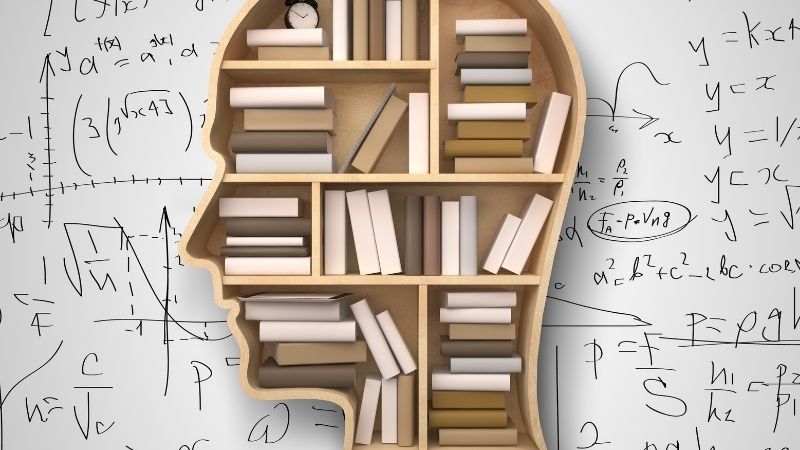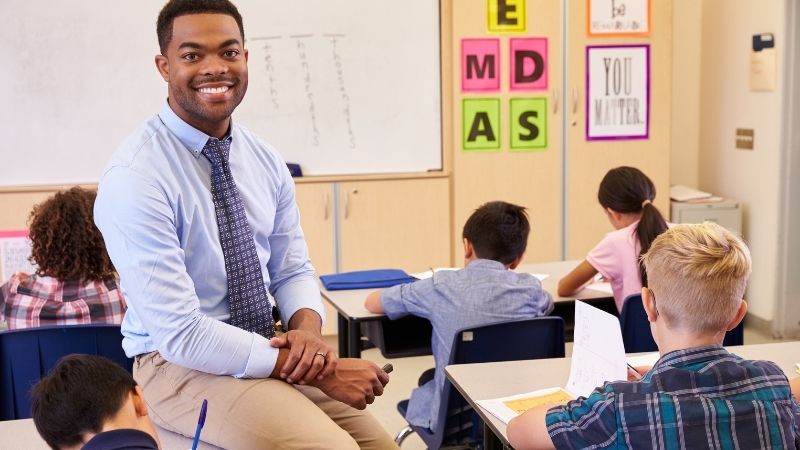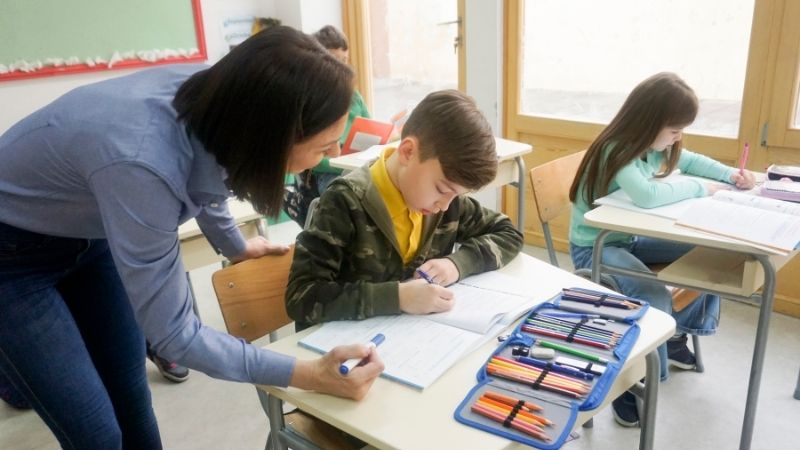
Inclusion Matters: Decoding Special Education in Elementary Schools is a comprehensive exploration of the importance of special education in elementary school settings.
The article aims to provide an objective and impersonal analysis of Individualized Education Programs (IEPs), learning disabilities, the roles of speech and occupational therapies, and the essence of inclusive classrooms.
Through this examination, readers will gain a deeper understanding of the significance of special education in creating inclusive environments that support all students' unique needs and foster their academic growth.
Key Takeaways
- IEPs are legally mandated documents that outline personalized goals, services, and accommodations for students with disabilities.
- Collaboration between educators, parents, and professionals is essential in implementing IEPs and supporting students with learning disabilities.
- Speech therapy supports students with communication difficulties, while occupational therapy addresses physical, cognitive, and sensory challenges.
- Inclusive classrooms promote academic and social development, fostering collaboration, empathy, and understanding among all students.
Understanding Individualized Education Programs (IEPs
Understanding Individualized Education Programs (IEPs) is essential in comprehending the support and accommodations provided to students with learning disabilities in elementary schools.
IEPs are legally mandated documents that outline personalized goals, services, and accommodations for students with disabilities.
The implementation of IEPs involves a collaborative effort between educators, parents, and other professionals involved in the student's education.
These programs ensure that students receive appropriate modifications to their curriculum, instruction, assessments, and environment to meet their unique needs.

Accommodations for students with disabilities may include extended time on assignments or tests, preferential seating arrangements, modified assignments or materials, assistive technology devices, or additional support from special education teachers or related service providers.
Identifying and Supporting Students With Learning Disabilities
The identification and support of students with learning disabilities is a crucial aspect of providing inclusive educational environments. Early intervention plays a vital role in identifying and addressing these disabilities, allowing for timely support and intervention.
Differentiated instruction further enhances the inclusivity of classrooms by tailoring teaching methods to meet the unique needs of each student. By recognizing and accommodating learning disabilities, educators can create an environment that fosters growth and success for all students.
Early intervention programs provide targeted support to help students overcome challenges related to their learning disabilities, while differentiated instruction ensures that instructional strategies are adapted to suit individual needs.
Through early intervention and differentiated instruction, schools can empower students with learning disabilities to thrive academically, fostering an inclusive educational environment where every child has the opportunity to succeed.
The Role of Speech Therapy in Special Education
Speech therapy is a valuable intervention in supporting students with communication difficulties within the educational setting. Communication development plays a crucial role in academic success and social interactions.
Speech language pathologists (SLPs) are professionals who assess, diagnose, and treat communication disorders. They work collaboratively with teachers, parents, and other specialists to create individualized treatment plans for students with speech and language challenges.

SLPs use evidence-based techniques to address various aspects of communication, including articulation, fluency, voice production, receptive and expressive language skills. Through structured therapy sessions, SLPs help students improve their ability to understand and use spoken and written language effectively.
They also provide strategies that can be implemented in the classroom to support ongoing progress. By addressing communication difficulties early on, speech therapy facilitates inclusion by enabling students to fully participate in the educational experience.
The Role of Occupational Therapy in Special Education
Occupational therapy plays a significant role in supporting students with diverse needs in the educational setting. It aims to address the physical, cognitive, and sensory challenges faced by these students, helping them achieve optimal functioning and participation in their daily activities. Occupational therapists utilize various techniques to facilitate skill development and improve independence.
Some of these techniques include:
Sensory integration strategies: These interventions focus on enhancing sensory processing abilities, promoting self-regulation, and improving attention and behavior.
Environmental modifications: Occupational therapists work closely with teachers and other professionals to create an inclusive environment that supports the individual needs of each student.
Adaptive equipment: They may recommend or provide specialized tools or equipment that enable students to actively participate in activities despite physical limitations.

Task analysis and modification: Through careful observation and assessment, occupational therapists identify challenges faced by students during specific tasks or activities. They then modify the task demands or provide alternative approaches to enhance engagement.
Creating Inclusive Classrooms for All Students
Creating inclusive classrooms that support all students is crucial for their academic and social development. The benefits of inclusion extend beyond the individual student, promoting a sense of belonging and acceptance among peers.
A supportive classroom environment fosters collaboration, empathy, and understanding, creating a space where every student can thrive.
Benefits of Inclusion
The benefits of inclusion in elementary schools extend beyond academic progress, contributing to the overall social and emotional development of students with learning disabilities. Inclusion in mainstream classrooms allows students with learning disabilities to interact and build relationships with their typically developing peers, fostering a sense of belonging and acceptance. This inclusive environment provides opportunities for students to develop important social skills such as communication, empathy, and cooperation.
Additionally, inclusion promotes self-esteem and self-confidence by offering students with learning disabilities the chance to showcase their abilities and strengths alongside their peers. Moreover, being part of an inclusive classroom encourages the development of positive attitudes towards diversity and disability among all students. Inclusive education creates a supportive community that values individual differences, fosters understanding, and prepares students for a world that celebrates freedom of expression.
Supportive Classroom Environments
Supportive classroom environments contribute to the overall success and well-being of students with learning disabilities by providing a nurturing and inclusive space for their academic, social, and emotional development. These environments employ various strategies to meet the diverse needs of students, including positive reinforcement and differentiated instruction.
Positive reinforcement is a crucial aspect of creating a supportive classroom environment. It involves acknowledging and rewarding students' efforts and accomplishments, which helps boost their self-esteem and motivation. By focusing on strengths rather than weaknesses, educators can cultivate a positive learning atmosphere that empowers students with learning disabilities.

Differentiated instruction is another key component in fostering supportive classrooms. This approach recognizes that each student learns differently and adapts teaching methods accordingly. Educators tailor instruction to accommodate individual needs, offering various instructional materials, activities, or assessments based on students' abilities. Differentiated instruction ensures that all learners are actively engaged, promoting their sense of belonging within the classroom community.
The Importance of Special Education in Elementary Schools
Inclusive classrooms are integral to promoting the significance of special education in elementary schools. These classrooms prioritize the inclusion of all students, regardless of their abilities or disabilities, and provide them with equal opportunities for learning and growth.
Early intervention plays a crucial role in inclusive education, as it allows for timely identification and support of students who may require additional assistance. This can help address learning disabilities early on and prevent further challenges in academic and social development.
In addition to classroom accommodations, speech therapy and occupational therapy are often provided to students with specific needs, enabling them to improve their communication skills and fine motor abilities.
The essence of inclusive classrooms lies in fostering an environment that celebrates diversity, encourages collaboration among peers, and ensures that every child has the opportunity to succeed academically and thrive socially.
Frequently Asked Questions
How Are Ieps Developed and Who Is Involved in the Process?
The IEP development process involves key stakeholders such as parents, teachers, special education professionals, and sometimes the student. Together, they collaborate to identify the student's needs, set goals, and determine appropriate accommodations and services to support their learning and development.
Are There Any Specific Criteria That Determine Whether a Student Qualifies for Special Education Services?
The determination of whether a student qualifies for special education services is based on specific criteria established through an assessment process. This process involves evaluating the student's academic, behavioral, and developmental needs to determine eligibility for specialized support and services.

What Are Some Common Learning Disabilities That Students May Have and How Are They Identified?
The identification process for common learning disabilities involves a comprehensive assessment, including observations, interviews, and standardized tests. Examples of learning disabilities include dyslexia, ADHD, and autism spectrum disorder. These disabilities are identified based on specific criteria outlined in diagnostic manuals.
What Is the Role of Speech Therapy in Supporting Students With Communication Difficulties?
The role of speech therapy is vital in supporting students with communication difficulties, as it focuses on developing essential skills for effective communication. Communication skills are crucial for academic success and social interactions, highlighting the importance of speech therapy in elementary schools.
How Does Occupational Therapy Help Students With Special Needs in Their Academic and Daily Life Skills Development?
Occupational therapy benefits students with special needs by supporting their academic and life skills development. Through targeted interventions and activities, occupational therapists help improve their fine motor skills, sensory processing abilities, and overall independence in daily tasks.
 Careers in EducationElementary EducationHigh School EducationEducational TechnologyTeaching StrategiesSpecial EducationPrivacy PolicyTerms And Conditions
Careers in EducationElementary EducationHigh School EducationEducational TechnologyTeaching StrategiesSpecial EducationPrivacy PolicyTerms And Conditions
